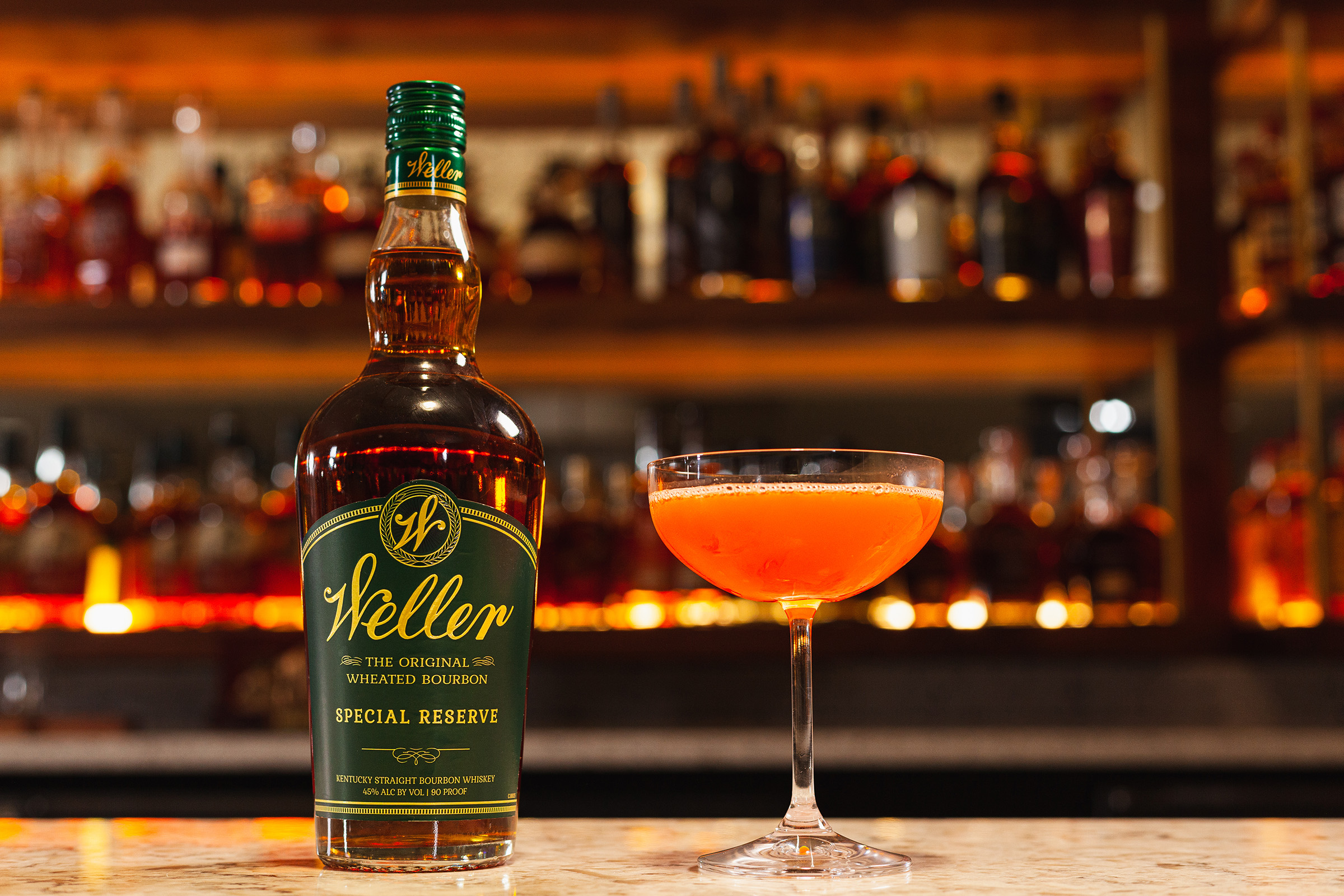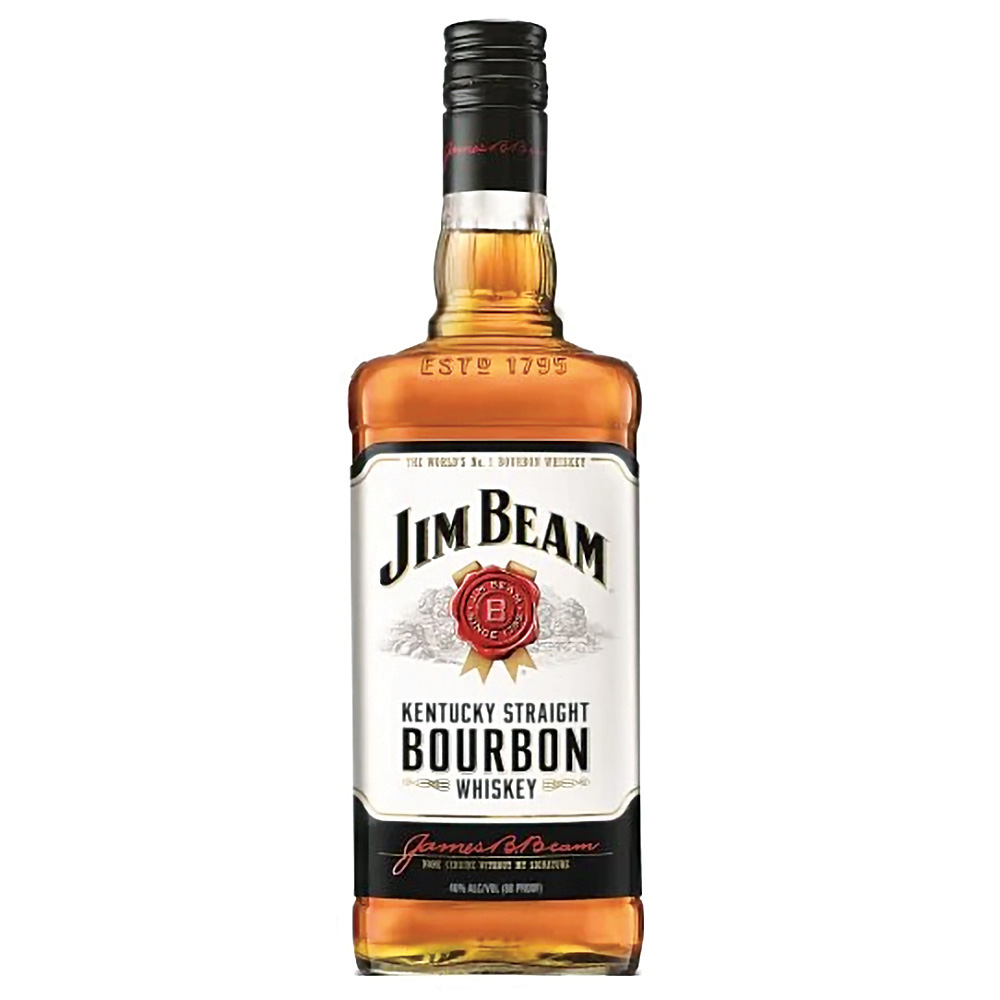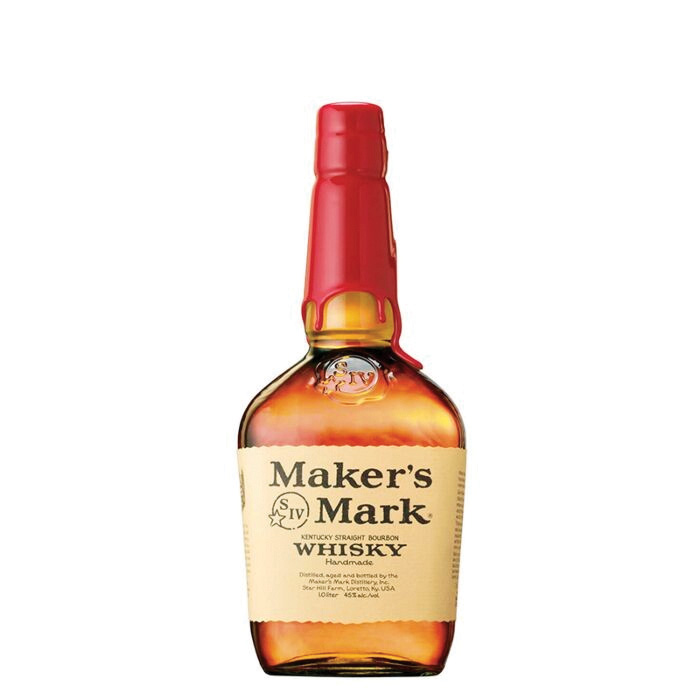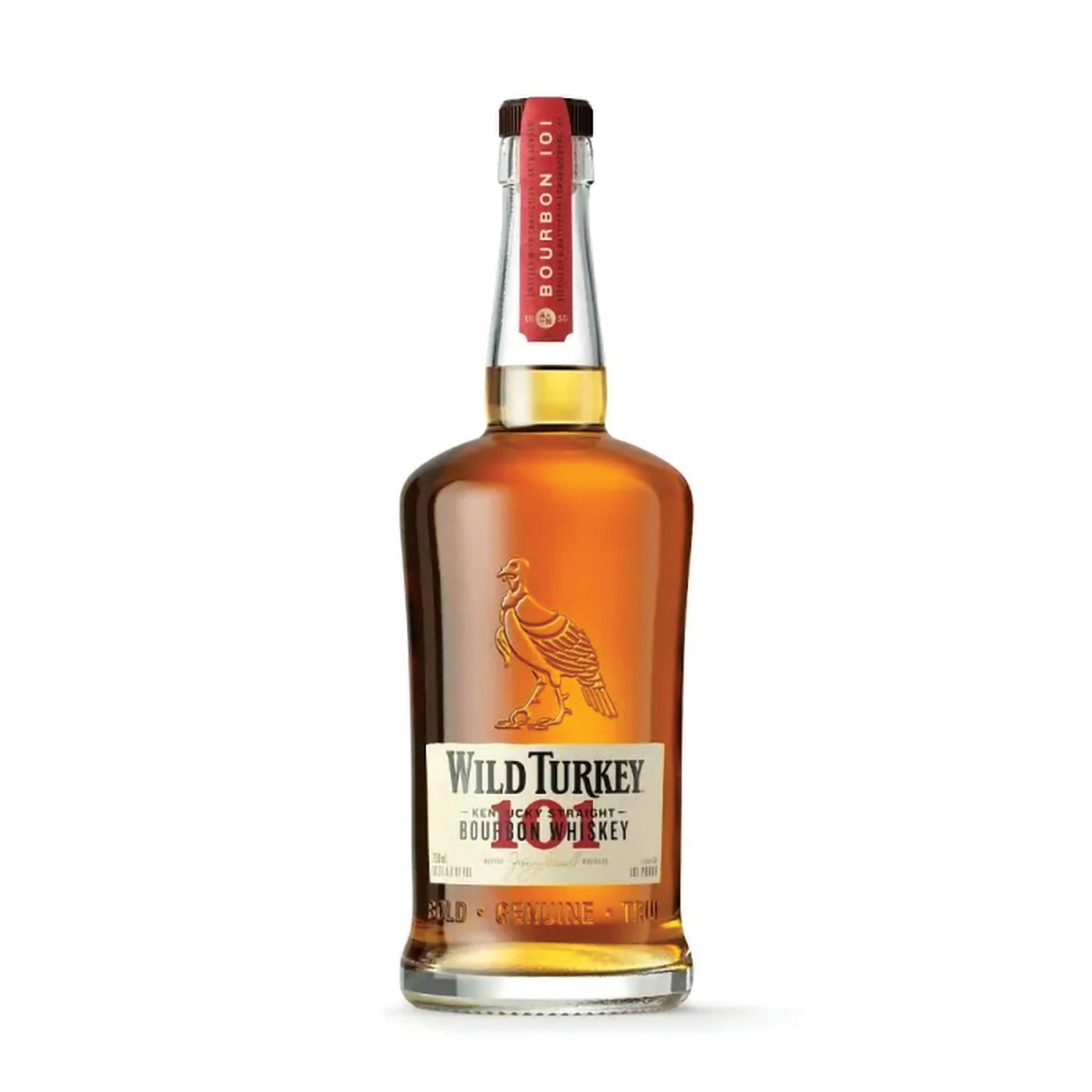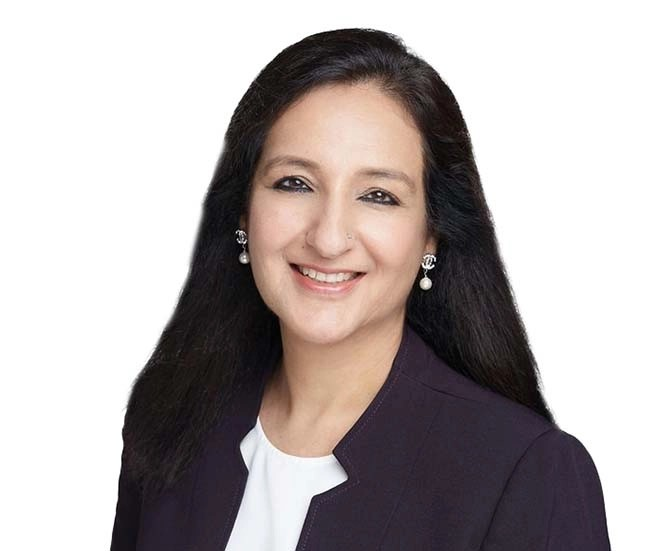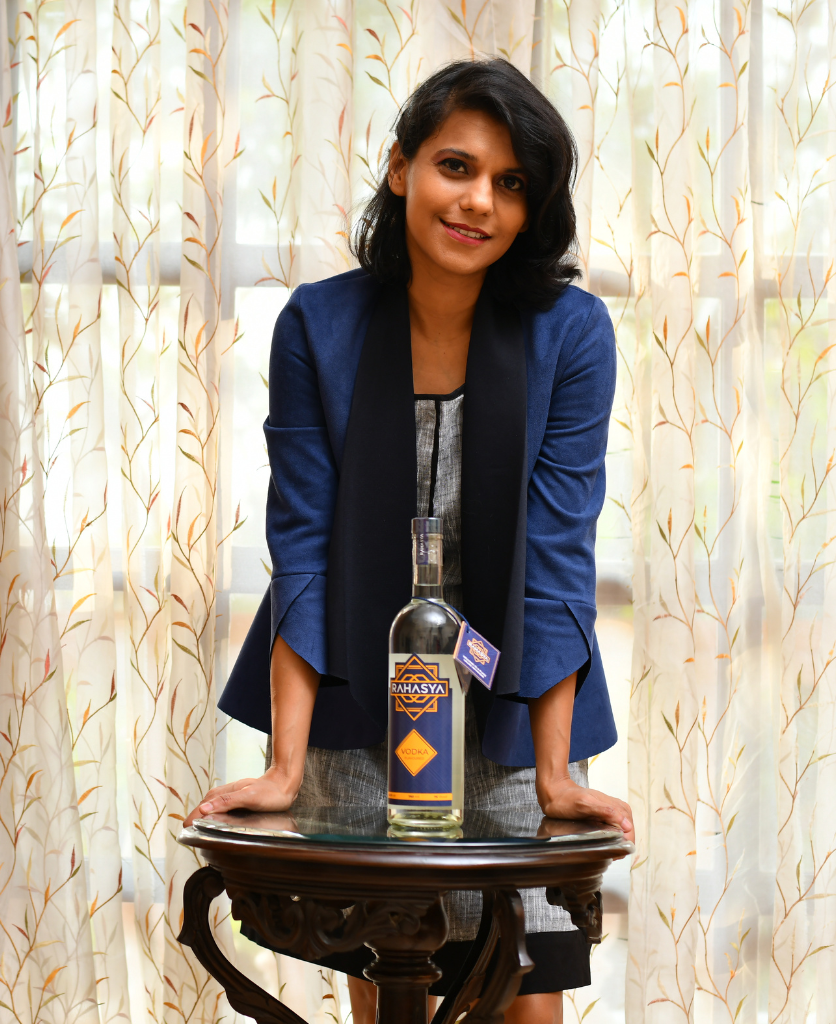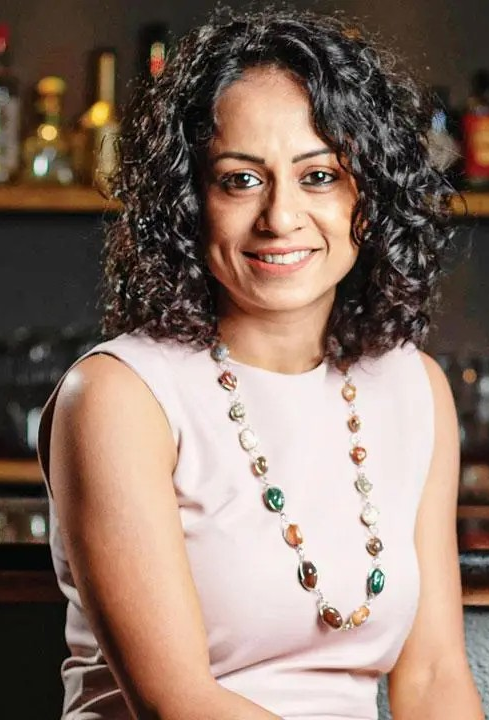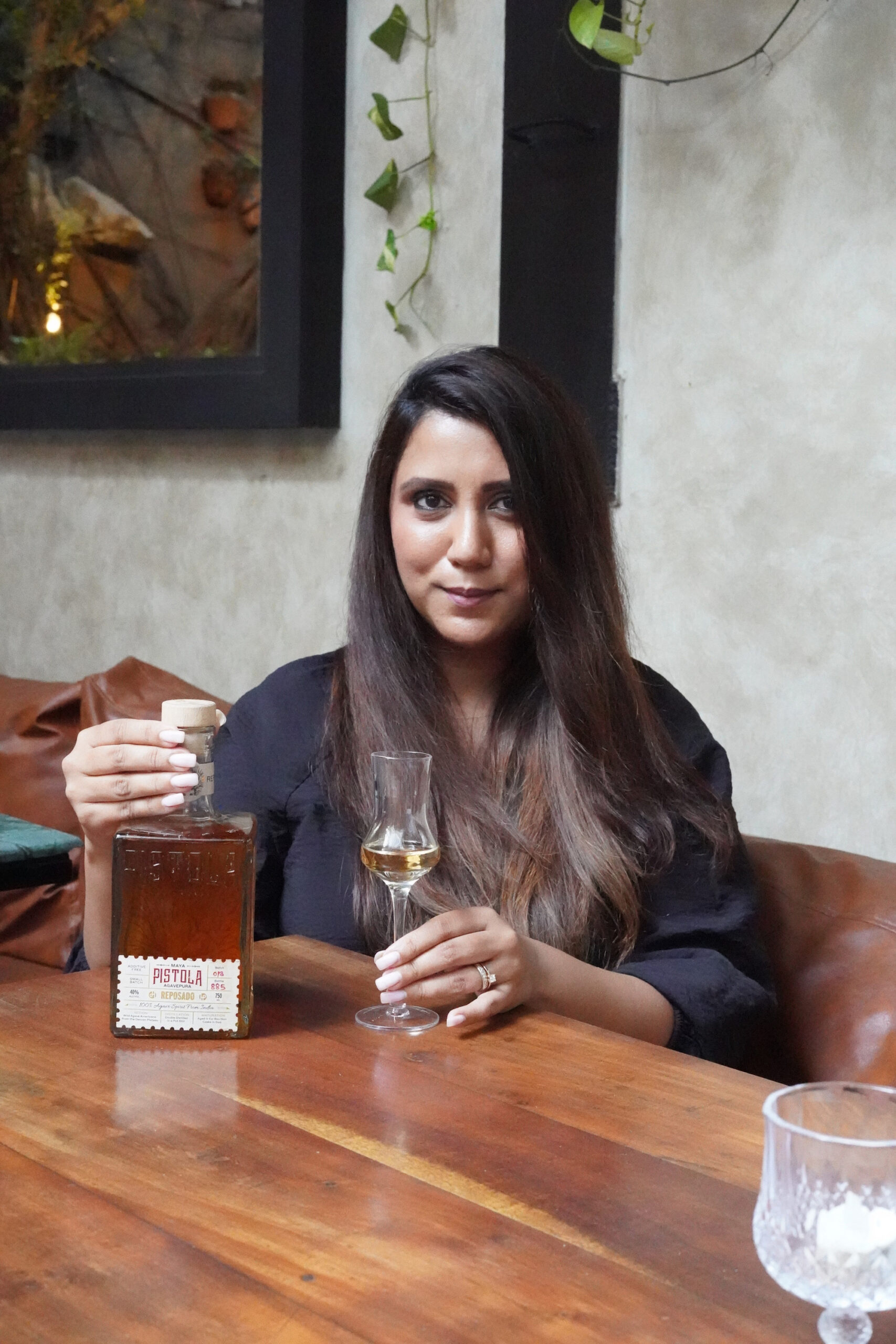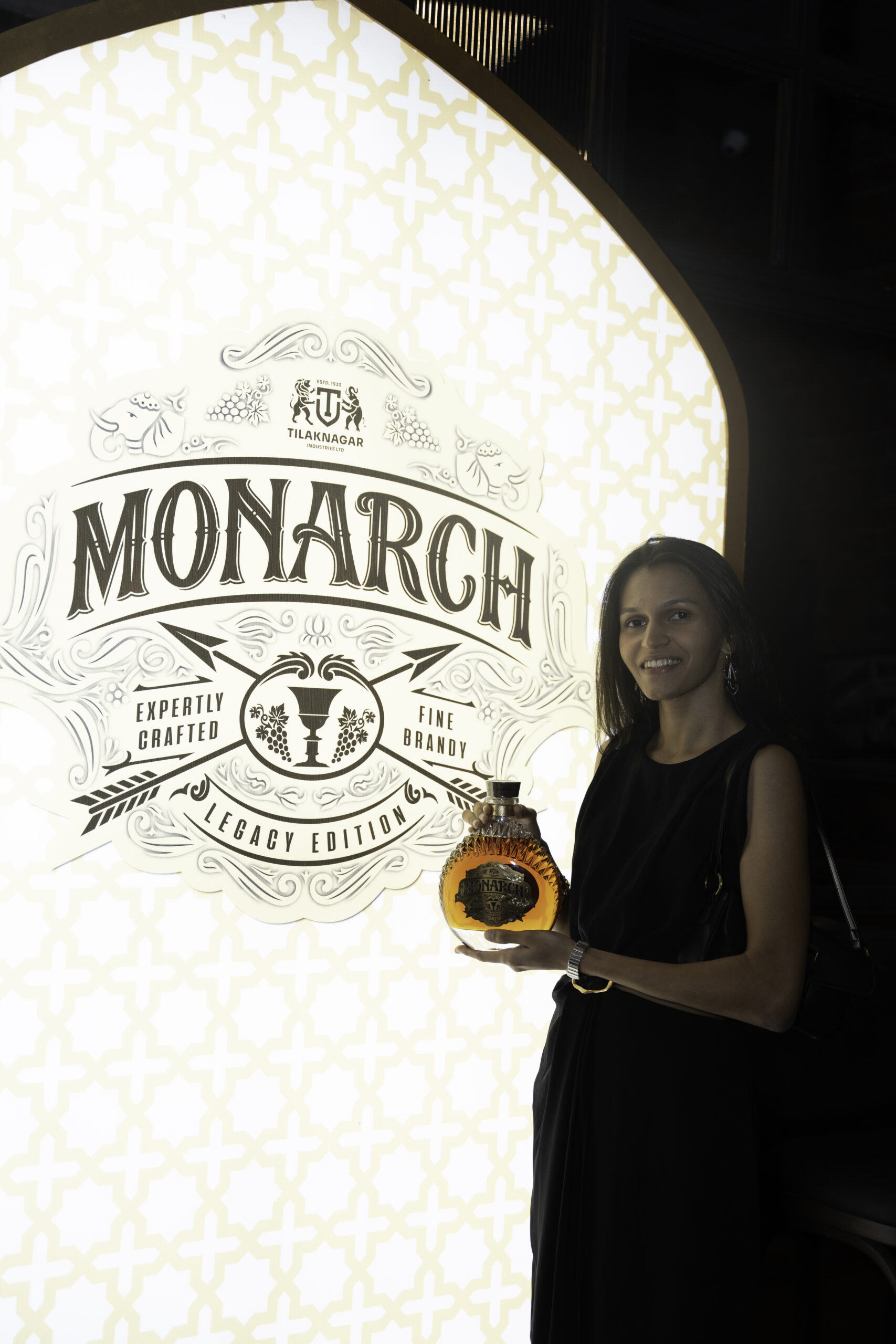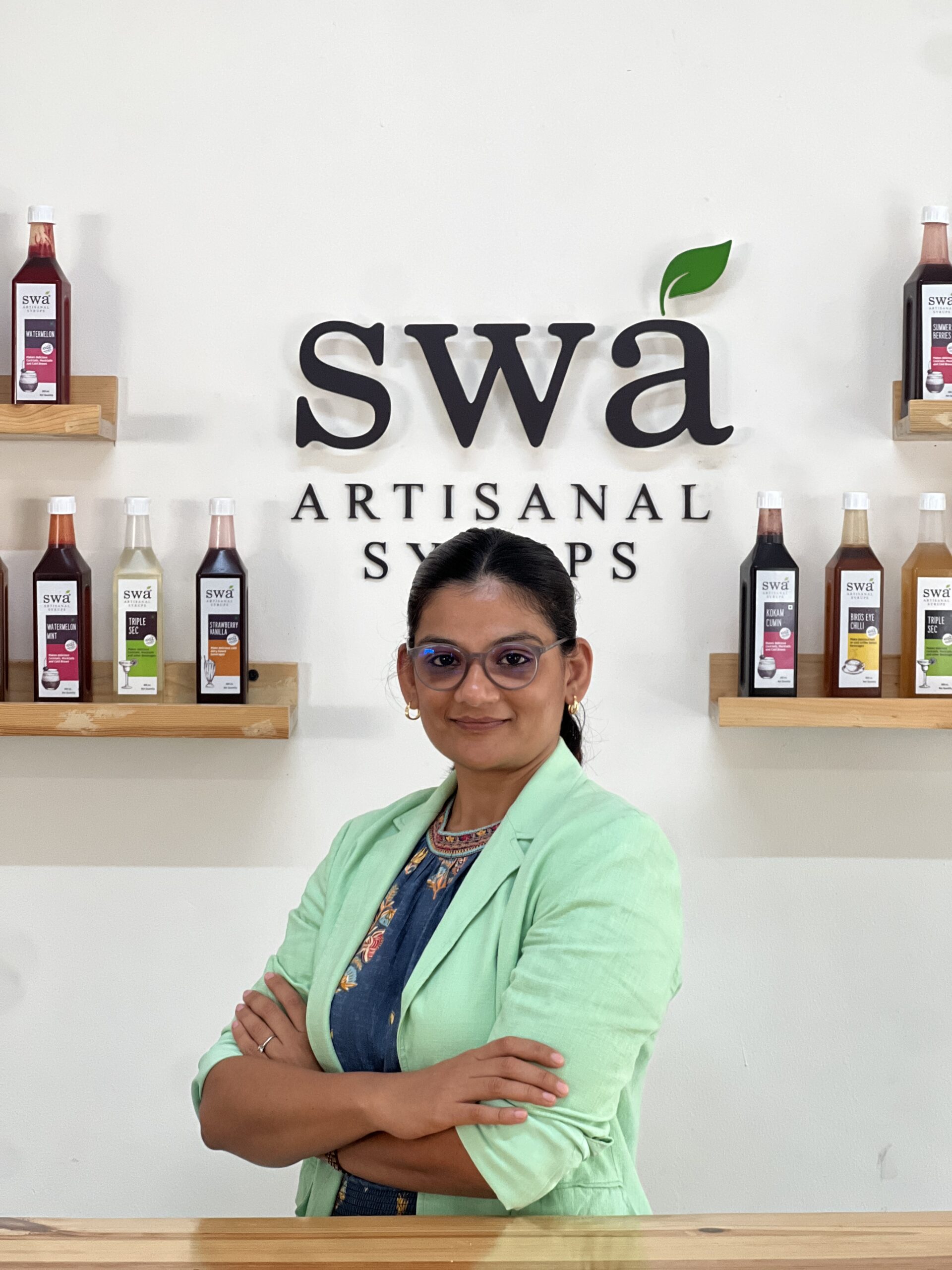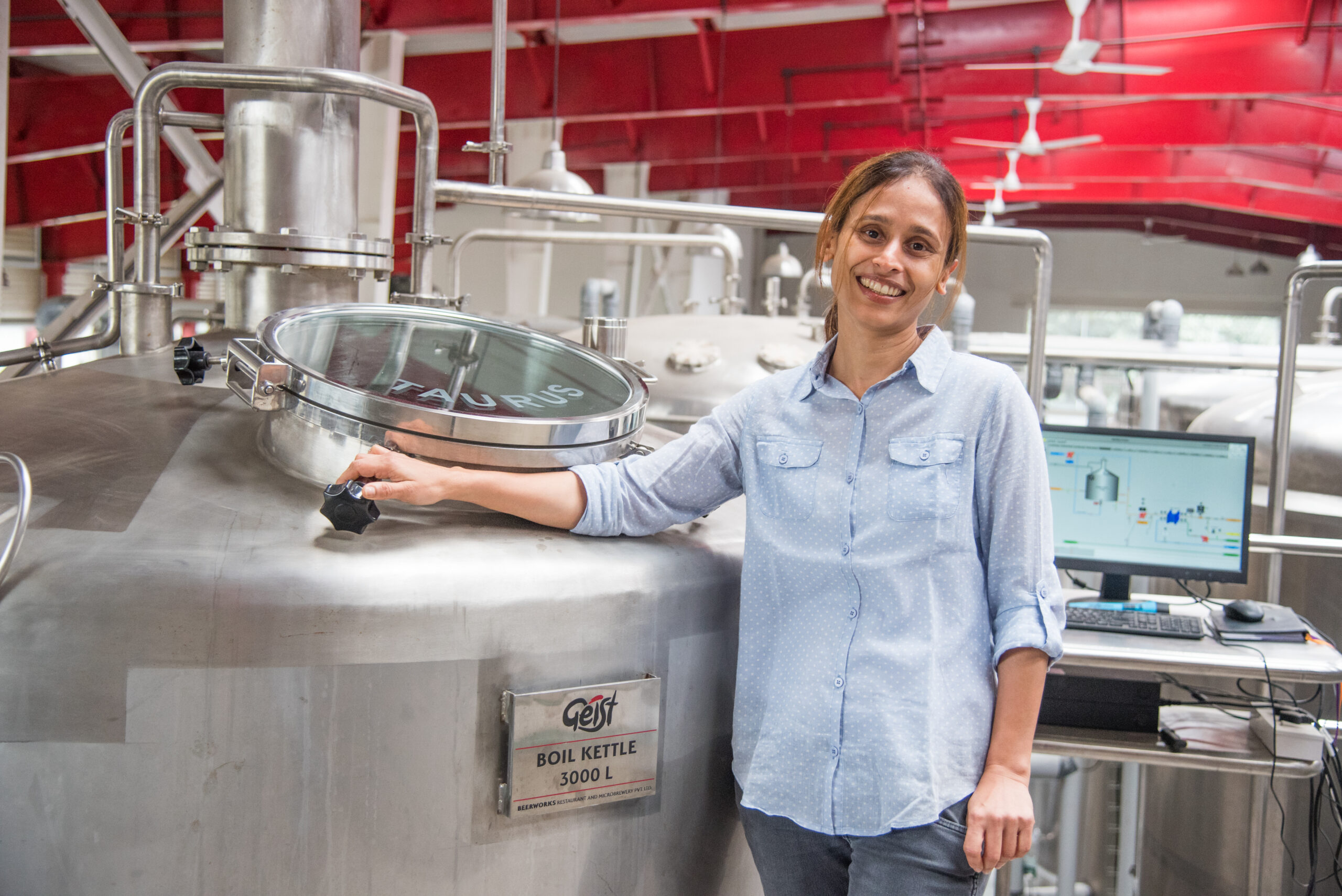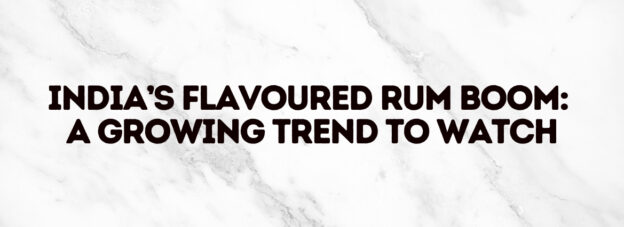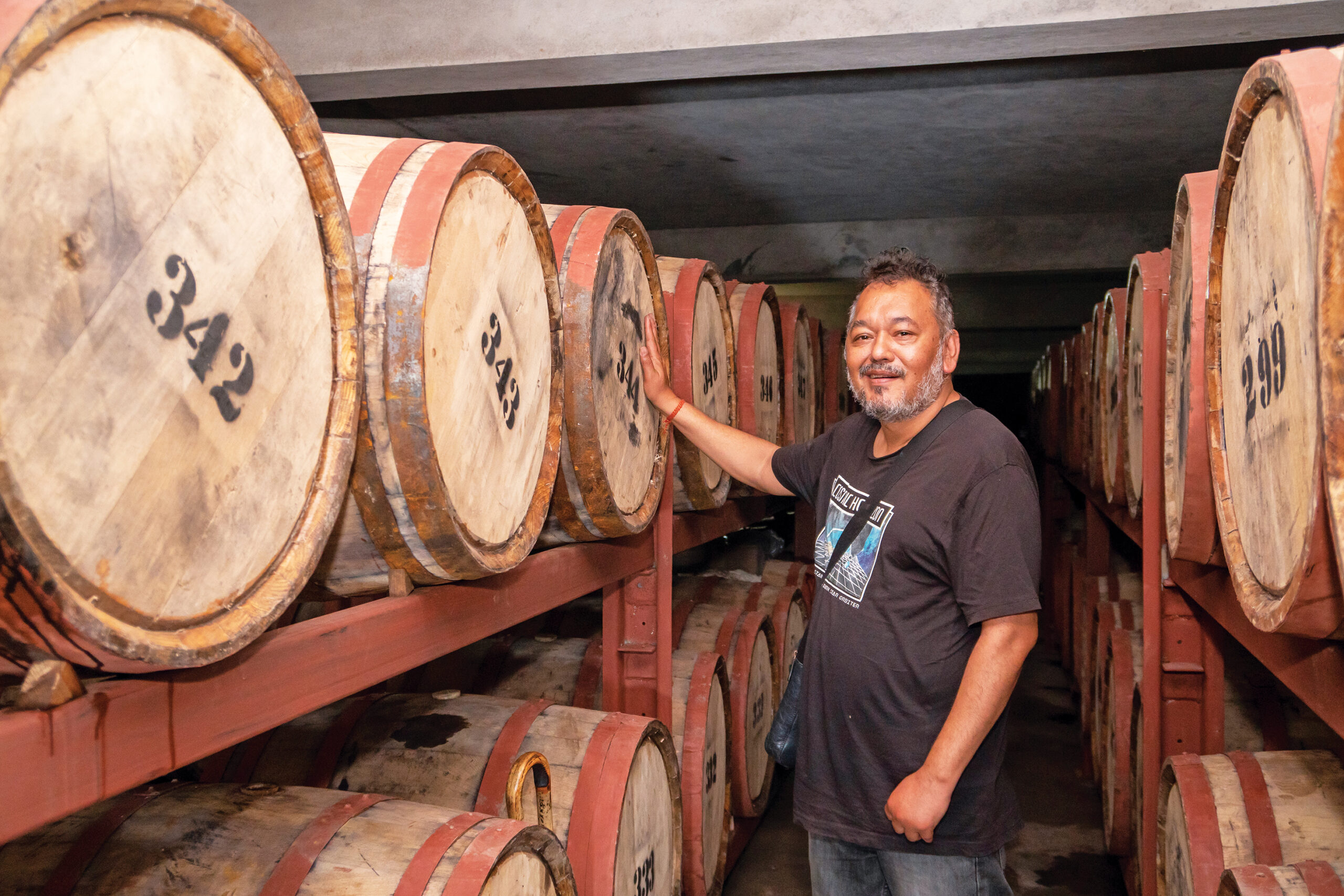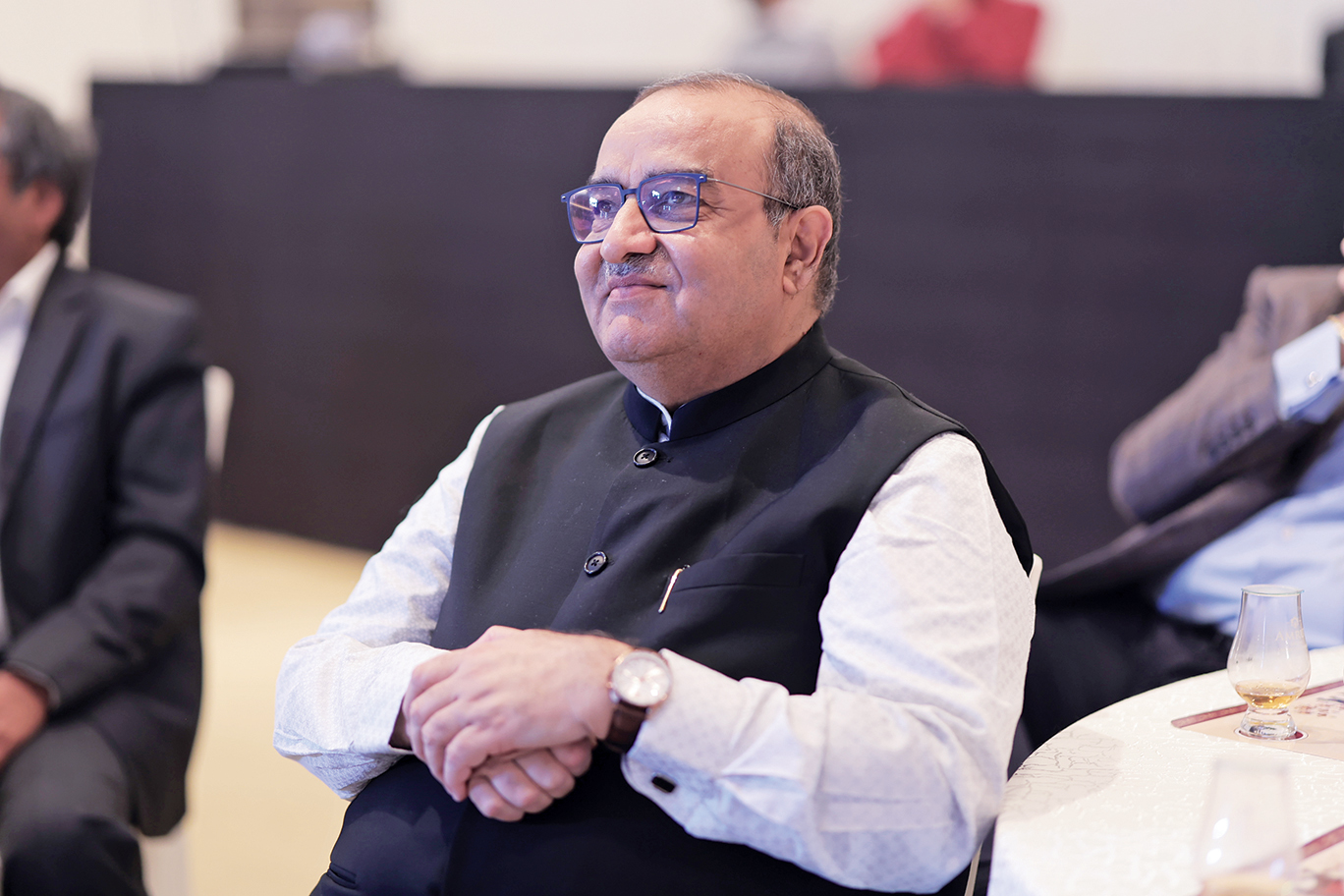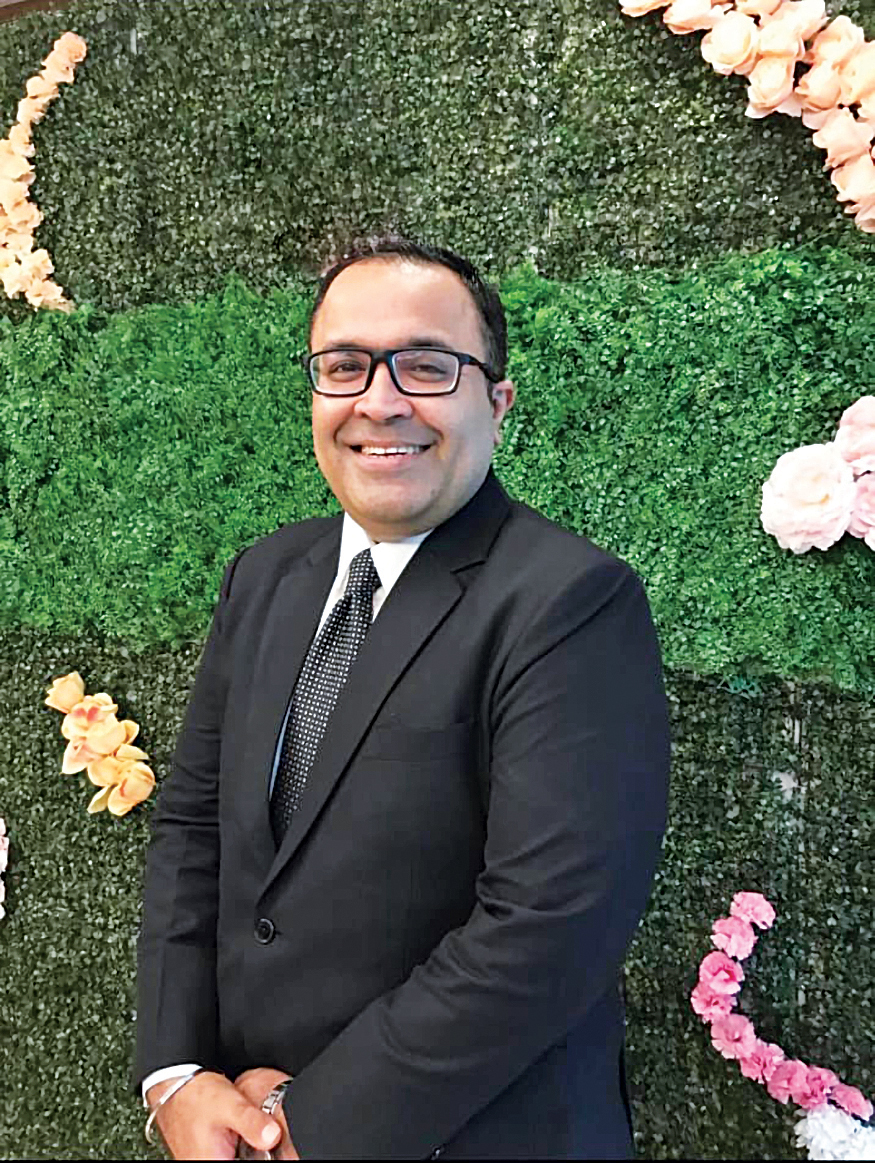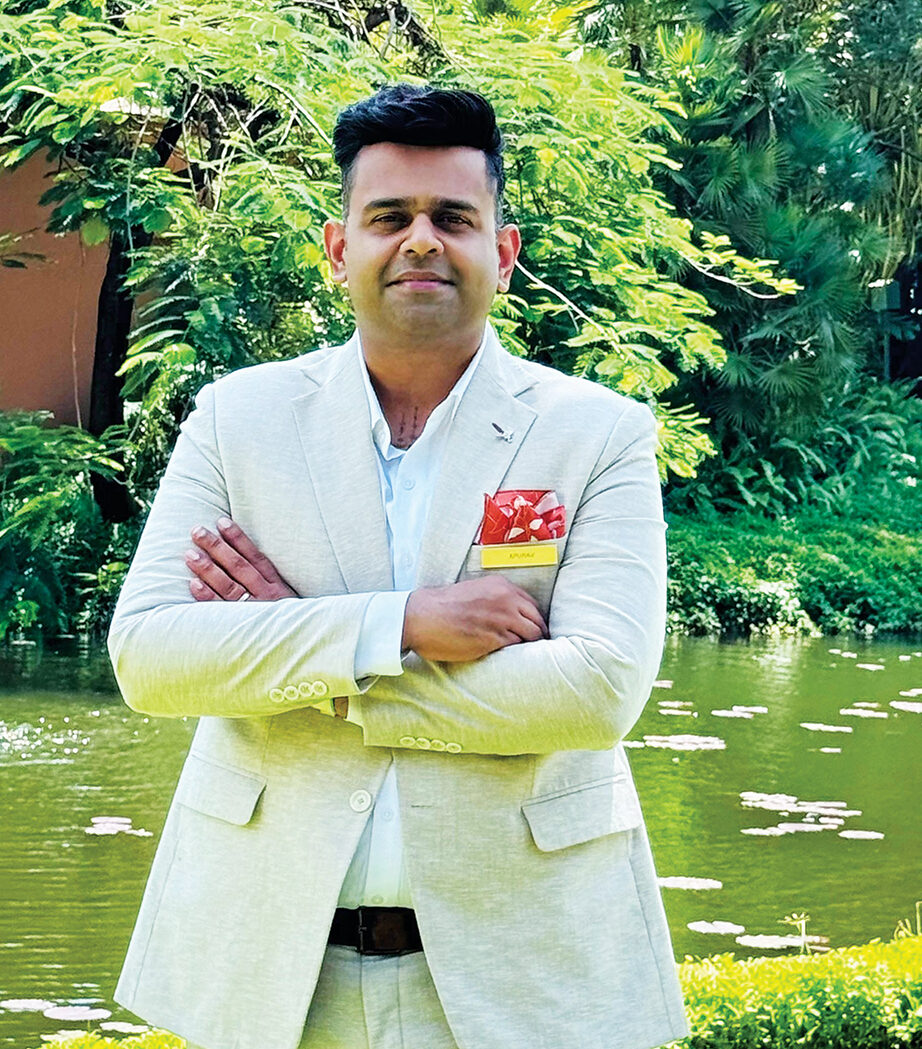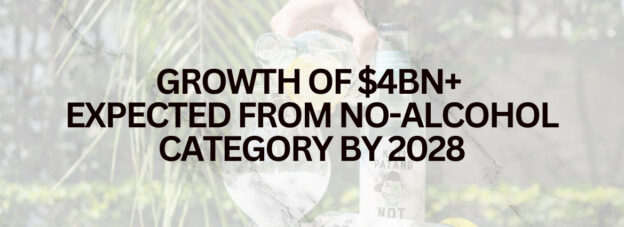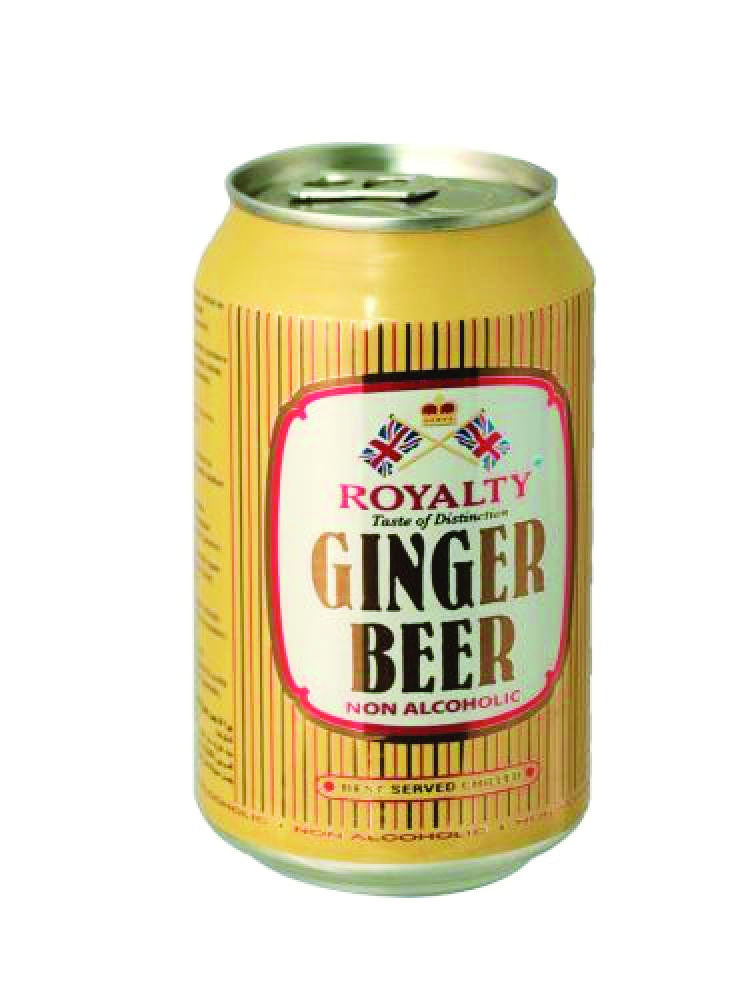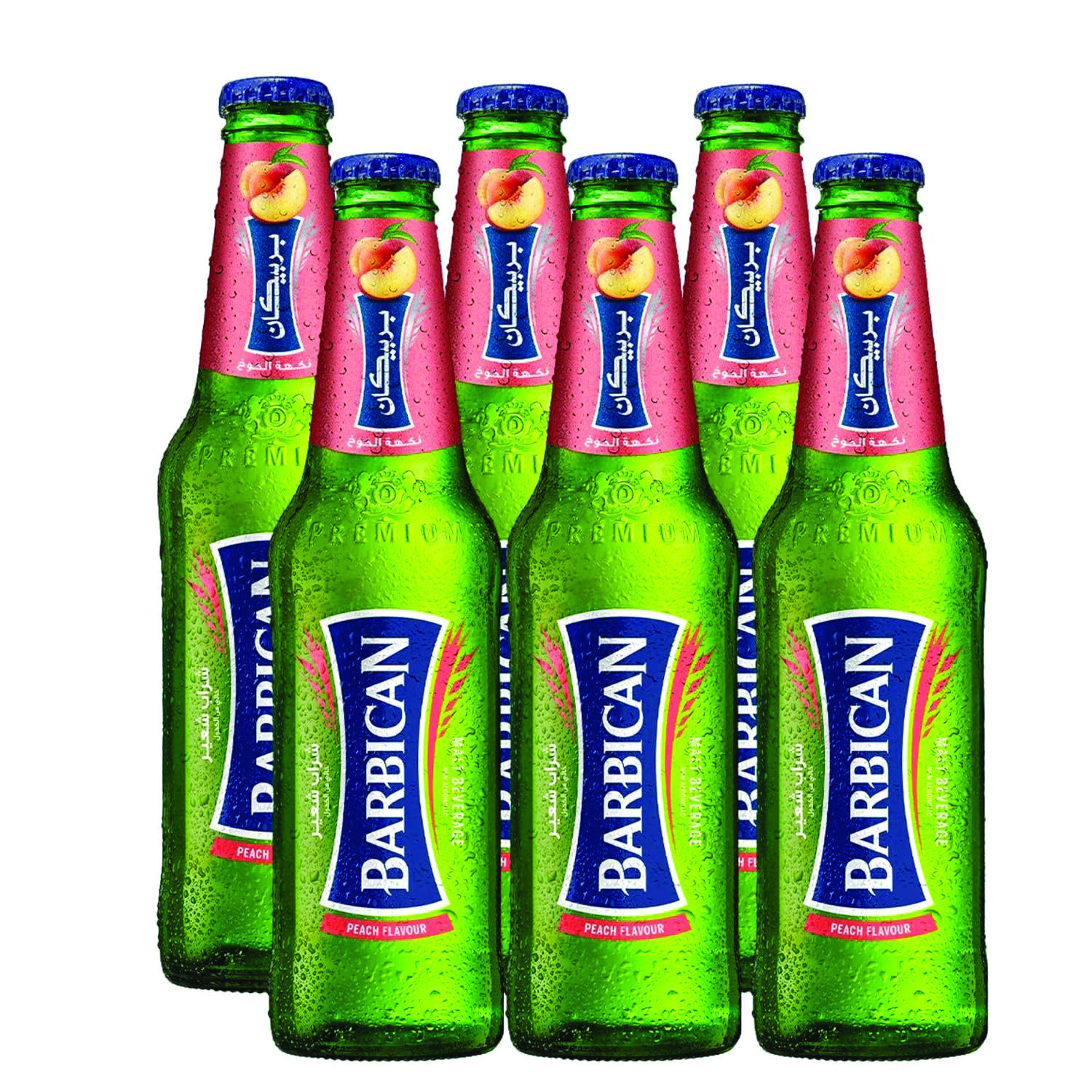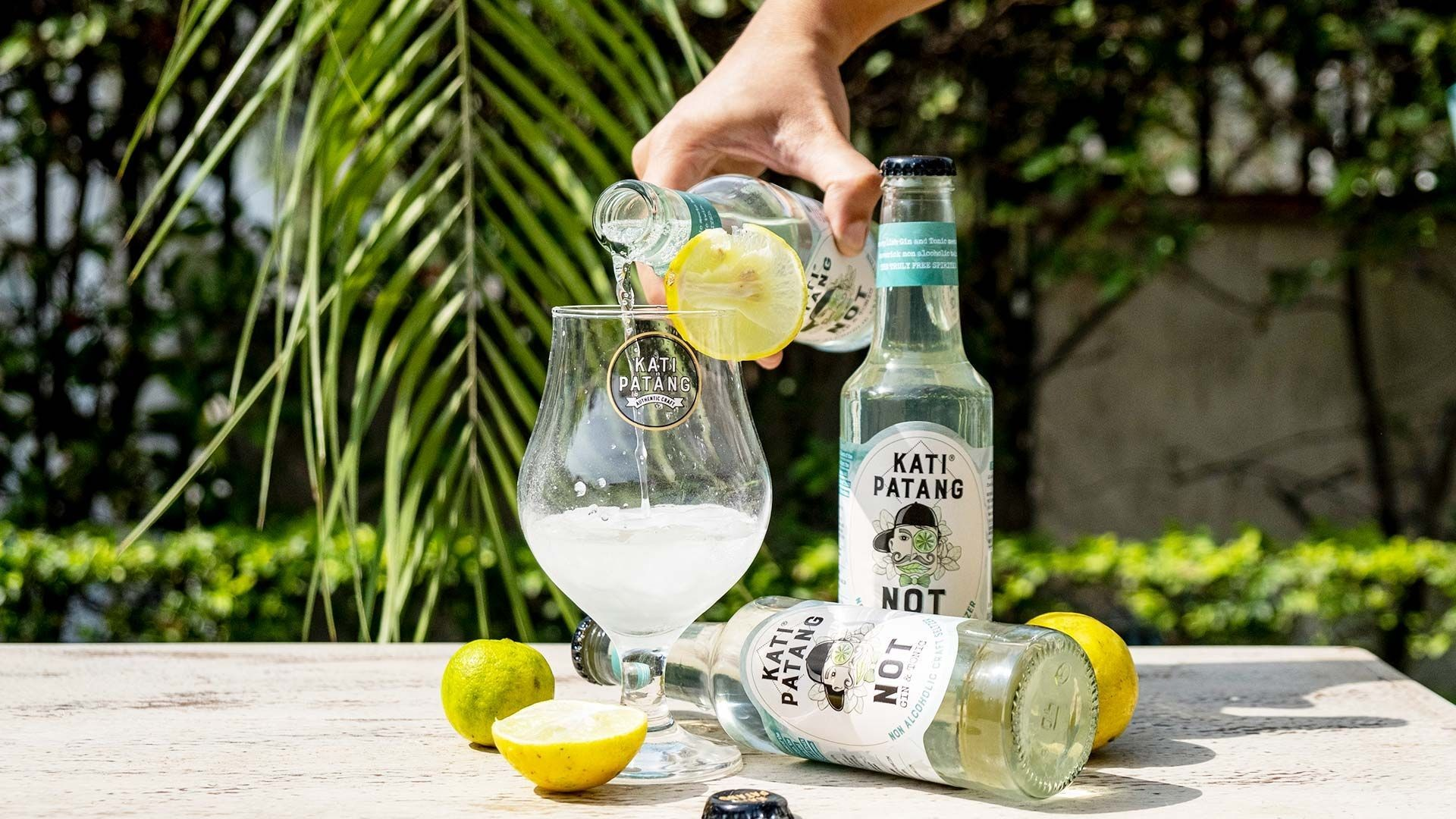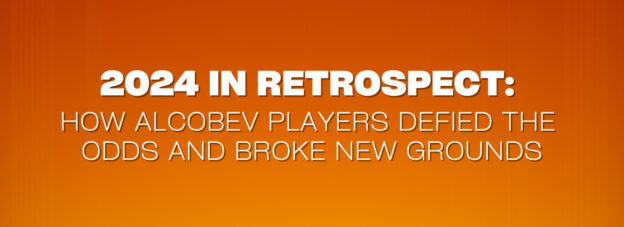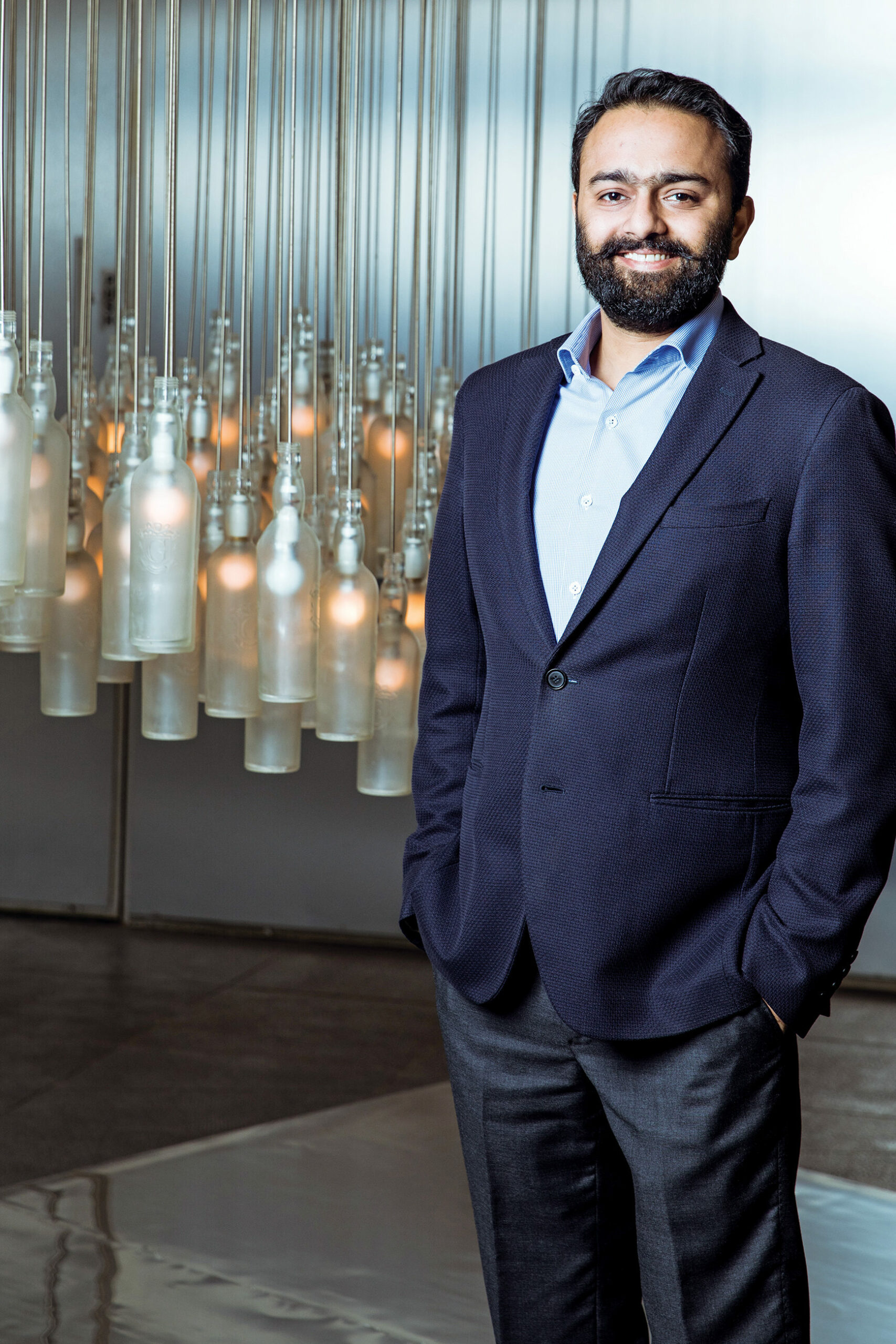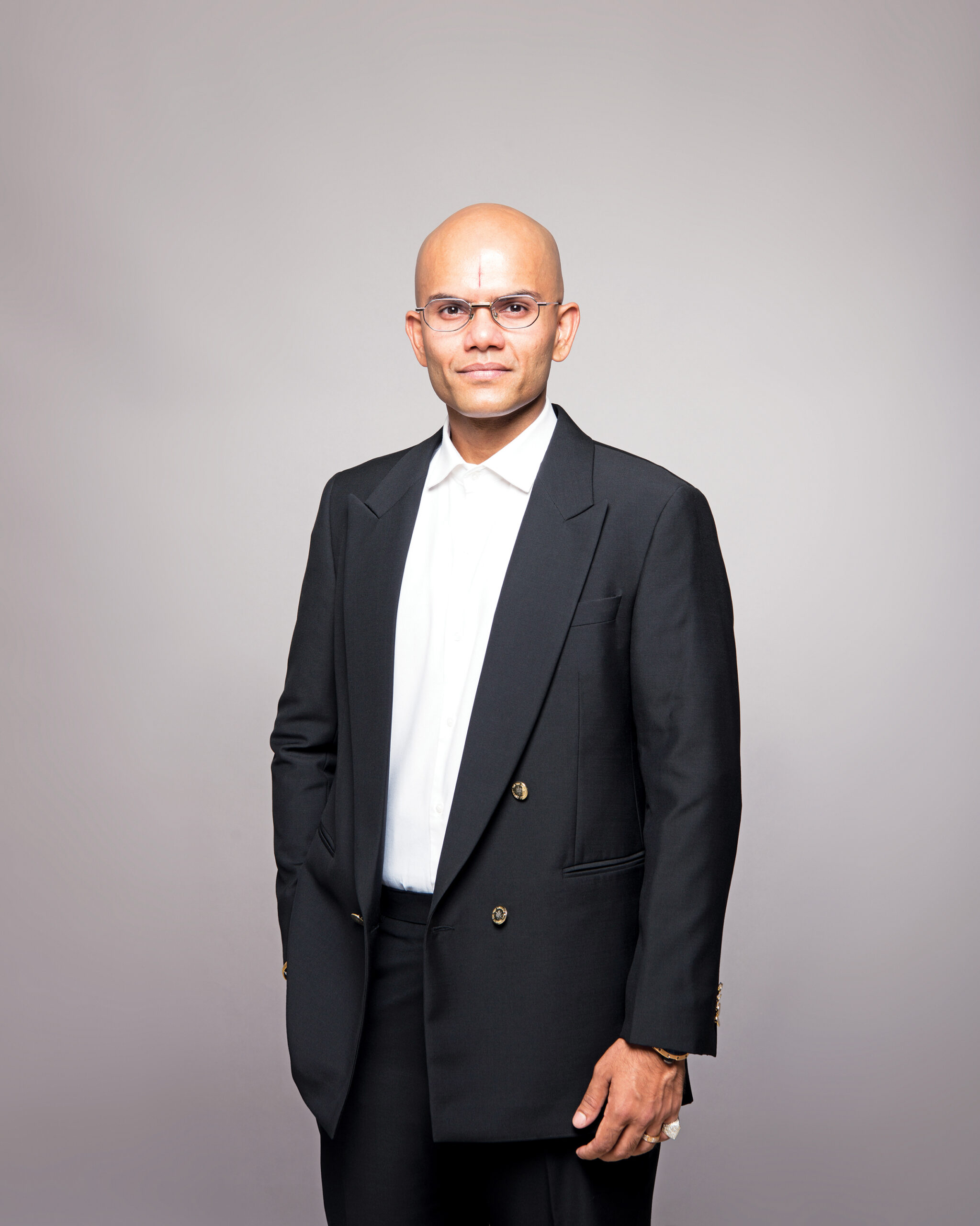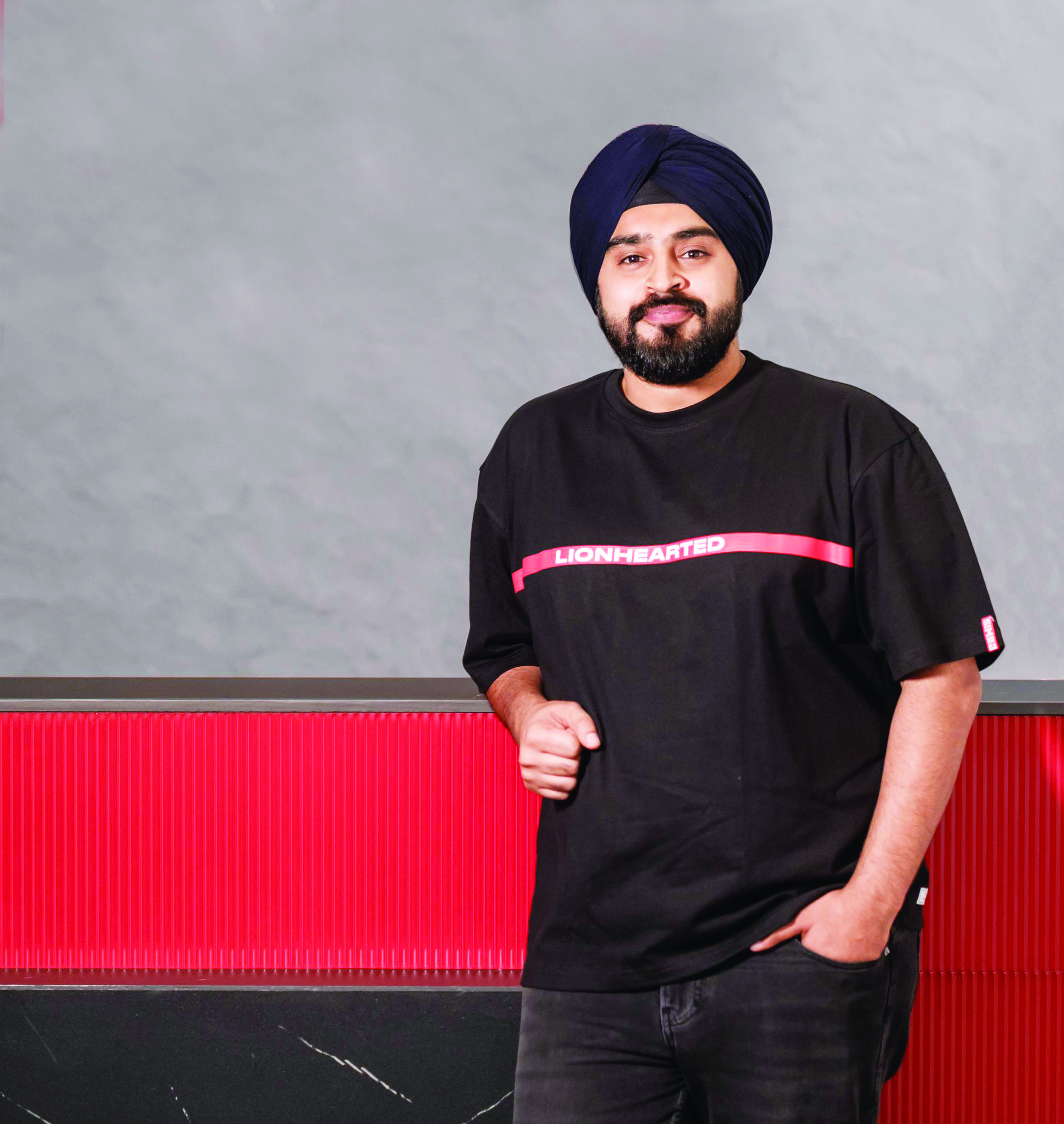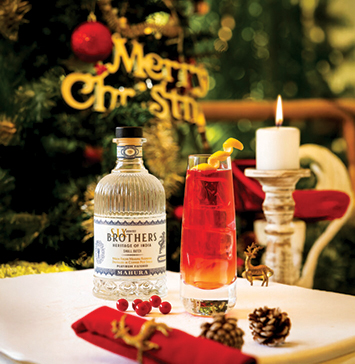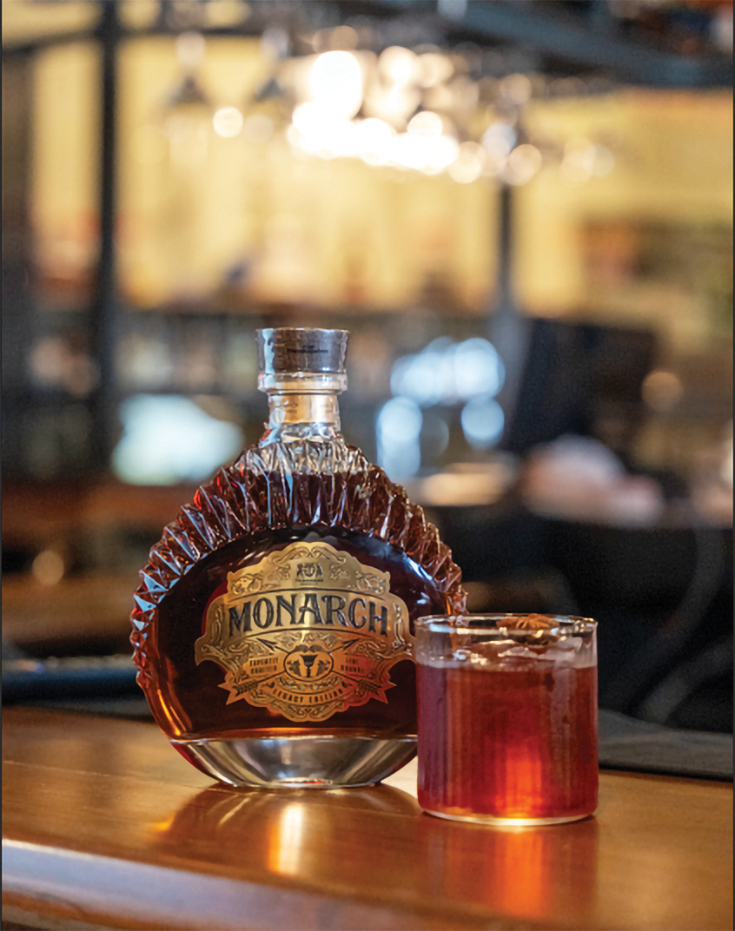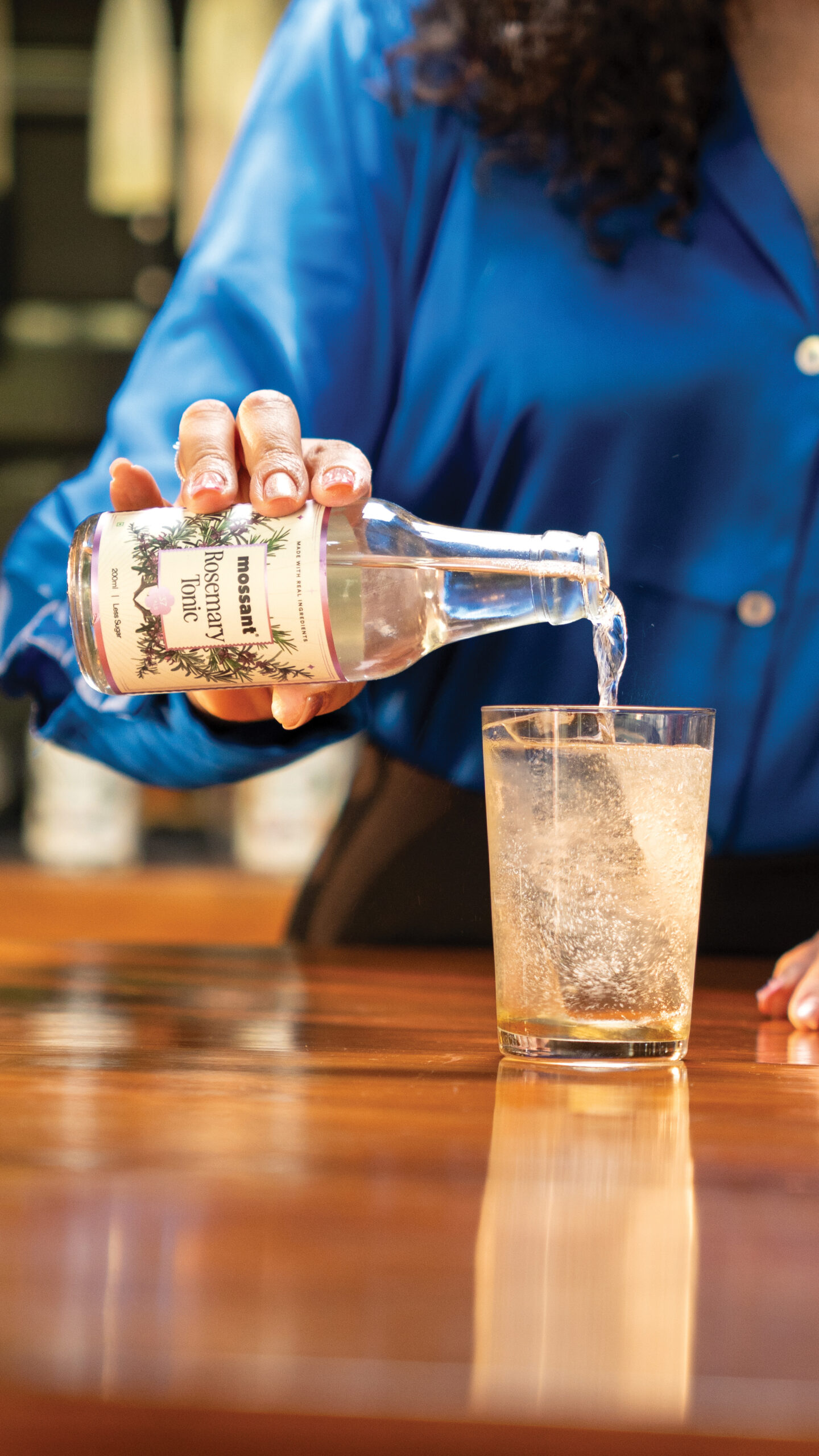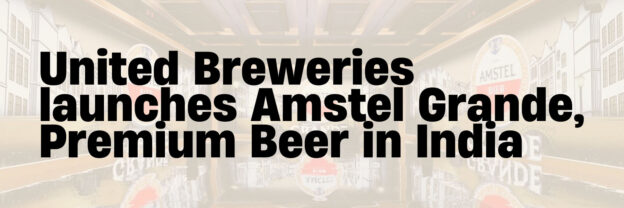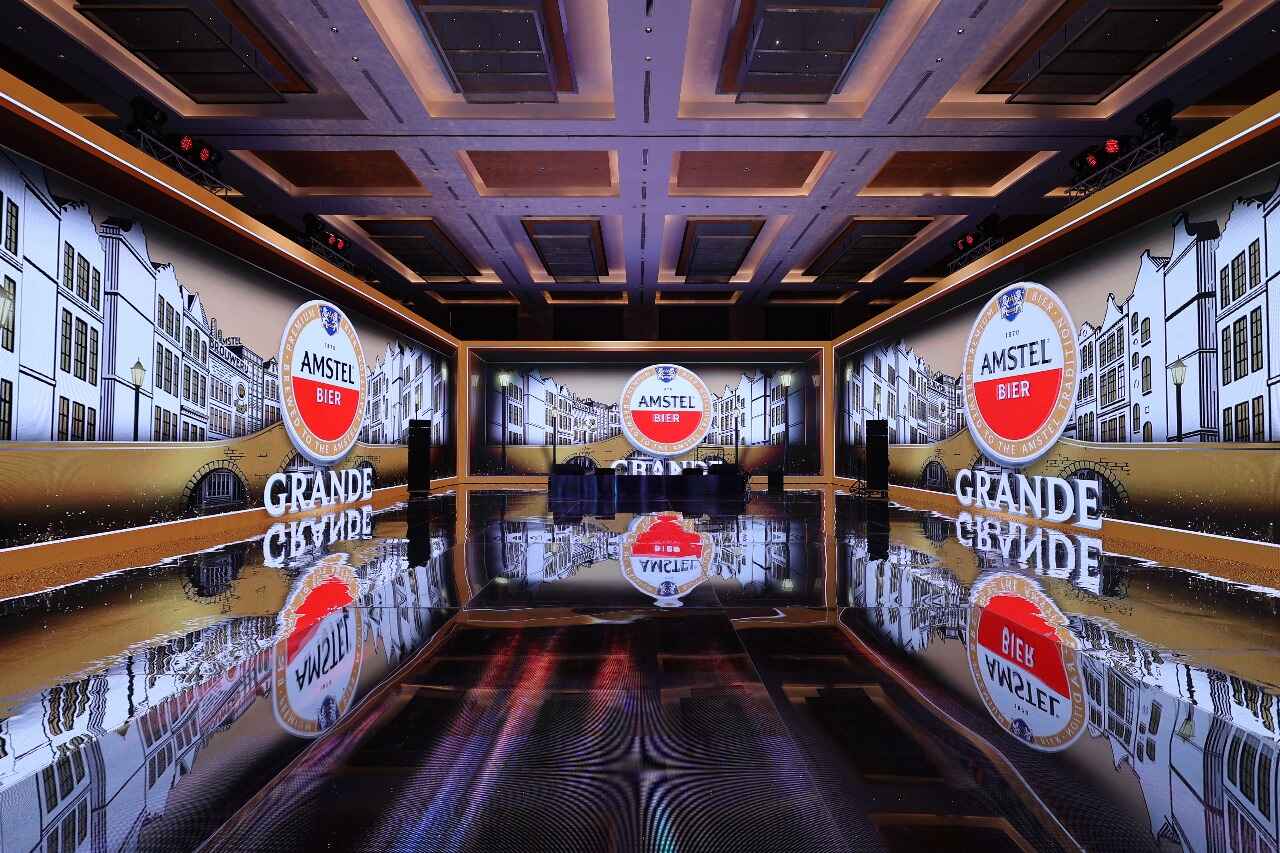- In 1987 itself, actor Danny Denzongpa had quietly started Yuksom Breweries
- Long list of International actors, singers, sports personalities own liquor brands
- India is yet to see a woman celebrity owning a liquor brand
On April 10, actor and businessman, Ajay Devgn joined the bandwagon of celebrities, part owning liquor brands with the launch of ‘The GlenJourneys Pioneer Edition’, a premium 21-year-old Highland single malt scotch whisky. Devgn has partnered with luxury spirits house Cartel Bros in this venture. He is not the first, nor is he going to be the last to venture into owning liquor brands, even as premiumisation is becoming the norm and connoisseurs are increasingly becoming aspirational and are looking at experiences, brand identity and quality. This trend began in the West with several celebrities associated with high-end brands and is catching up here.
Long before any of them really got into owning liquor brands or even before premiumisation had set in, our own Danny Denzongpa, the villain and character actor in Bollywood, had founded the Yuksom breweries in his hometown – Sikkim. Actor Tsering Phintso alias Danny Denzongpa’s, Yuksom Breweries Limited was established in 1987. Subsequently, in 2005 and 2009, Yuksom set up its second greenfield project in Odisha and acquired third brewery, Rhino Agencies in Assam. The three breweries together have a production capacity of over 680,000 HL per annum.
Yuksom Breweries has its market in Sikkim, West Bengal, Assam and Arunachal Pradesh. The brands include Hit (Super Strong Beer); He-Man 9000 (Super Strong Beer, bottle and can); Dansberg 16000, brewed at Denzong Breweries and sold in Odisha and also internationally (Super Premium Beer); Dansberg Blue (Premium Lager); Denzong 9000 (Strong Beer); Dansberg Red (Special Strong Beer); Dansberg Strong (Premium Strong Beer); He-Man 9000 Gold (Ultra Super Strong Beer); Himalayan Blue (Premium Lager Beer) exported to US and Australia and Himalayan Snowman (Super Premium Beer) sold in US.

Shah Rukh Khan and son Aryan Khan’s D’Yavol Inception making waves
Shah Rukh Khan (SRK), the highly popular Bollywood actor and his son Aryan Khan jumped into the fray in 2023 with the launch of D’Yavol Inception, a 100% pure malt Scotch whisky. Originating from Scotland, this whisky is carefully crafted as a medley of eight selected single malts hailing from the Speyside, Highland, Lowland, and Islay regions.
His son recently launched fashion and lifestyle brand D’yavol X in partnership with the Belgian drink and brewing company Anheuser-Busch InBev (AB InBev) in the Indian market.
D’Yavol which means ‘Devil’ in Russian has already captured the imagination of whisky drinkers in Karnataka, Maharashtra, West Bengal, Haryana, Delhi, Uttar Pradesh, Telangana, and Goa. The price ranges from ₹6,000 in Haryana to ₹9,950 in Karnataka. It has bagged several awards including the ‘Best Overall Scotch’ as well as the ‘Best of Class’ Blended Malt Scotch Whisky at the 2024 New York World Spirits Competition (NYWSC) for its flagship whisky – Inception.
D’Yavol co-founder Shah Rukh Khan said “INCEPTION’s award at the New York World Spirits Competition is a testament to the belief that the finest things in life are crafted with care and passion.”
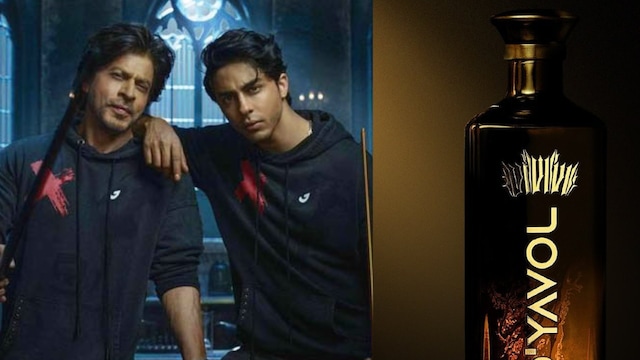
Sanjay Dutt ‘s The Glenwalk has amazing sales
Another actor who has invested in alcobev startup Cartel & Bros is Sanjay Dutt and The Glenwalk Scotch whisky is quite popular having notched up impressive sales of 1.4 million bottles in FY 2024-25. Riding on his popularity, the company hopes to touch 4.2 million bottles in FY2025-26. Launched in December 2024, the brand is said to have generated over ₹15 crores in just 45 days, selling over 300,000 bottles in Maharashtra alone.
Cartel & Bros is a partnership of Manesh Sani and Mokksh Sani of Living Liquidz, one of the largest liquor retail chains in India; Jittin S. Merani of Drinq Bar Academy; and Rohan Nihalani of Morgan Beverages. “Unlike other Scotch whiskies in India, where the alcohol comes at a higher ABV from Scotland and is then bottled in India with Indian water, The Glenwalk is made and bottled in Scotland with Scottish water. This guarantees an authentic taste of Scotch,” said Jittin S. Merani.
Cartel & Bros are totally in sync with market trends and know how celebrities with their fan-following can influence them into becoming potential consumers. They are playing with the psyche of the fans and are roping in celebrities as the latter can build brands at accelerated pace. We have seen that happen with The Glenwalk. Now, Cartel and Bros has brought on board Ajay Devgn for ‘The GlenJourneys’, but we are yet to see any female celebrity in the alcobev sector, but the guess is, it won’t be too long a wait as India has seen a number of young women entrepreneurs launching gin, tequila and other categories with success.
/hospibuz/media/post_attachments/wp-content/uploads/2023/06/Sanju-Glen-DR-63496-2_1.jpg)
Ranveer Singh equity partner in ABD Maestro
Last year, another superstar Ranveer Singh became an equity partner in Allied Blenders and Distillers Maestro, in a new business venture to offer a portfolio of premium brands. “I am delighted to partner with Allied Blenders and Distillers’ unique initiative. This venture is not just about creating and offering premium and luxury spirits, but equally about realising the aspirations of the Indian consumer. We’re blending world-class products, sourcing and craftsmanship with the rich, vibrant flavours of India, creating experiences that speak to people,” said Ranveer Singh, business and creative partner.
“At ABD Maestro, we believe in the power of innovation. This new venture, with a major impact personality like Ranveer Singh, represents our commitment to bring together simply the best. With him as our business partner and a creative mentor, we are confident that our luxury products will resonate with consumers,” said Alok Gupta, Managing Director, Allied Blenders and Distillers Limited.

Rana Daggubati’s Loca Loka
Actor Rana Daggubati owns an international tequila brand Loca Loka (Loca in Spanish means crazy and Loka in Sanskrit means world), using 100% pure highland agave sourced from the highlands of Jalisco, Mexico. In collaboration with music composer Anirudh Ravichander, Loca Loka is imagined in India, authentically produced in Mexico. The duo has blended & bottled the cultures, colours, art, tastes, and emotions of the two nations with vibrant energy.
At the launch last year, Daggubati said, “Both Indian and Mexican cultures boast rich histories, vibrant music and art, and much more. With Loca Loka, we look forward to bringing the essence of these cultures together and sharing them with longtime lovers of tequila, as well as those who are beginning their tequila journey. The entrepreneurial opportunity to innovate within the spirits industry while honouring and merging Indian and Mexican traditions is an adventure, I actively wanted to be a part of instead of just being a brand ambassador. There are so many possibilities with this venture and the introduction of Loca Loka is just the start.”

Celebrity Pull Factor
There is more than one reason why companies are bringing celebrities on board. Besides, their pull factor, making the brands more noticeable and reaching a wider audience, celebrities, unlike earlier days, are weary of advertising, even surrogate advertising. In India, the Central Consumer Protection Authority (CCPA) has escalated its efforts to clamp down on the indirect promotion of alcohol and tobacco. Celebrities and social media influencers who engage in such promotional activities could now face penalties of up to ₹50 lakh, according to new CCPA guidelines.
From advertising to investing, celebrities across the globe have made a decisive impact on businesses as they help in reaching a broader audience; improve brand credibility; go beyond boundaries; and make brands stand out from competitors.
Dwayne Johnson, Beyonce, Michael Jordan…. List of celebrities owning spirit brands is unending
Celebrities in India have just taken the first step, while internationally the list of celebrities from the field of cinema, music, sports etc, is quite exhaustive. They include Fast and Furious actor Dwayne Johnson (owns Teremana Tequila brand ); American rapper and actor Snoop Dogg (Still G.I.N); American singer and husband of Priyanka Chopra, Nick Jonas (Villa One Tequila); actor Ryan Reynolds (Aviation American Gin); Hollywood star George Clooney and Rande Gerber (Casamigos Tequila); Singer Beyonce (SirDavis Whisky); American TV personality and influencer, Kylie Jenner (Sprinter vodka); Hollywood star Brad Pitt (The Gardener Gin); actors Matthew McConaughey and Camila McConaughey (Pantalones Organic Tequila); Basketball icon Michael Jordan (Cincoro Tequila); Music band The Rolling Stones (Crossfire Hurricane Rum); actor and singer Jennifer Lopez (Delola, RTD spritz); actor Emma Watson and her brother Alex (Renais Gin); WWE star John Cena (Thomas Ashbourne); ‘Sex and the City’ TV personality Sarah Jessica Parker (The Perfect Cosmo by SJP); Heavy metal band Metallica (Blackened Whiskey); actor Mark Wahlberg (Flecha Azul Tequila); actor Eva Longoria (Casa Del Sol Tequila); singer Mariah Carey (Black Irish cream liqueur); Jamie Foxx (BSB-Brown Sugar Bourbon); actor Kate Hudson (King St. Vodka); singer Bob Dylan (Heaven’s Door Spirits, handcrafted whiskeys); actor Channing Tatum (Born and Bred Vodka); singer Justin Timberlake (Sauza 901 Tequila); David Beckham (Haig Club) among many others.


